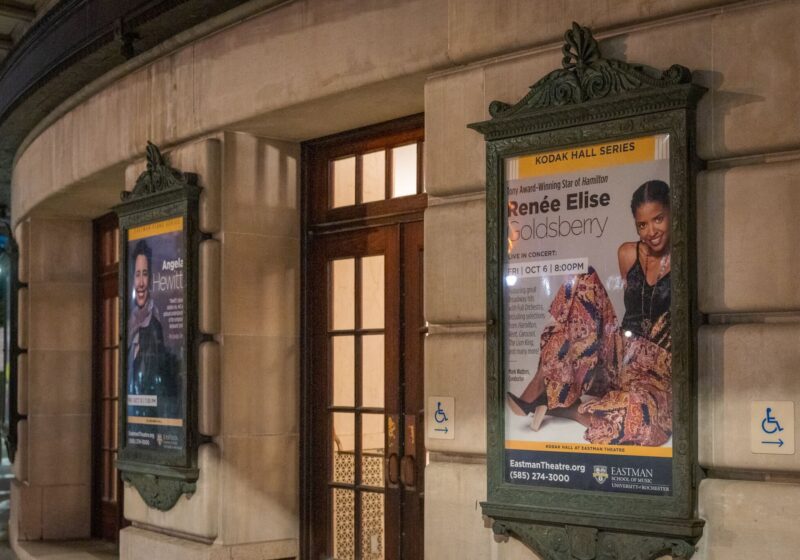A team of UR researchers and Xerox workers announced in September that they have created a new technique, coined “reversible data hiding” which will allow for authentication of images in seconds.
“I think this research project has been extremely productive,” Xerox researcher Gaurav Sharma said.
In a world where authenticity is of the highest value, researchers hope that this technique will lend a hand for verification of images for a wide range of uses. “It [reversible data hiding] can be used for medical images such as X-rays and CT’s where the patient’s name must be embedded in the image and then removed without distortion,” graduate student Mehmet Celik said.
Celik served as one of the primary researchers at UR along with Professor of Electrical and Computer Engineering A. Murat Tekalp.
“The technique offers a significantly higher capacity for embedding data and/or a lower-distortion than any of the other alternatives,” Sharma said, according to a Xerox press release. Sharma along with Eli Saber composed the Xerox research team.
Celik believes that the method could also allow military or legal offices to verify documents and check for tampering. “Reversible data hiding will allow you to localize the tampering on the image,” Calik said.
“You cannot go back to the original once an image has been tampered with,” Celik said.
The process reduces the tampering to a small area that can then be examined. Reversible data hiding, therefore, allow hospitals to more easily keep track of X-rays, and allow legal firms tighter control over the authenticity of documents.
“There are potential applications in legal and medical fields, for instance in the authentication of legal images ? with appropriate built in features in the image capture devices,” Sharma said.
Reversible data hiding may also aid in satellite images. It cannot be used, however in legal tender, as of yet, because the money system still uses a watermarking method.
“The greatest benefit of this technology is in determining if anyone has clandestinely altered an image,” image,” Tekalp said, in the press release.
“Reversible data hiding is a method for imbedding information,” Celik said. It allows for someone to embed extra information into an image and remove this information without any distortion to the image.
“Commonly used techniques for embedding messages such as digital watermarking irreversibly change the image, resulting in distortions or information loss. While these distortions are often imperceptible or tolerable in normal applications, if the image is enlarged, enhanced or processed using a computer, the information loss can be unacceptable,” Sharma said in the press release.
Mehmet also noted that the process allows the creator to encrypt the information, and therefore eliminate access of third parties.
“The process took a year to develop,” Celik said. He believes, with further research this process could be developed even more. There have not been any prototypes created, but Celik believes it would take six months to get a prototype on the market, after further testing was complete.
“The project is still very much in the research phase and we have not decided on any applications at this stage but are looking at several different opportunities,” Sharma said.
The research for reversible data hiding was completed under a program called the N.Y.S.T.A.R. This program attempts to match universities with businesses in the surrounding area to create beneficial business relationships.
“The research projects in CEIS ? Center for Electric Imaging Systems ? are organized as triplets ? a graduate student, his professor, and an industrial collaborator-I am the industrial collaborator for this project,” Sharma said.
All those involved ? the program itself, UR, and Xerox contribute to the funding for the research. Each institution is allowed to use the findings. Although UR officially filed for the patent, it will be shared between Xerox and UR.
The partnership between UR and Xerox may yet produce even further techniques. “Our collaboration is continuing,” Celik said.
“The work is continuing. We will be presenting an application of this technique in authentication at the IS&T/SPIE Electronic Imaging Symposium in January 2003,” Sharma said.
Tanner can be reached at rtanner@campustimes.org.



